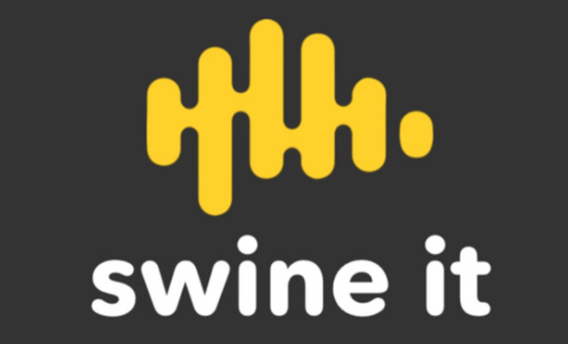



Main mistakes in swine nutrition
Thoughts on Swine Nutrition SeriesWe always talk about “improving pig performance” with “the lowest budget possible”, right?
That is a common topic in the day-to-day of a swine industry professional or graduate student.
However, we often see swine nutritionists (or swine professionals in general) coming up with conclusions or recommendations without considering some key aspects of pig production. So what are the main blockers that may be preventing us from improving our nutrition program? Let’s talk about the top 6 mistakes Clayton Chastain and I typically see in swine nutrition.
Enter “Main mistakes in swine nutrition”...
1. Overweight sows. This is a very common problem. I venture to say maybe 30% or more farms have overweight sows and this is a serious problem.
2. An excessive amount of lysine in gestation. We have seen programs around the globe with 18 grams of lysine in the last third of gestation. Make sure you review the latest data on Lys during late gestation and run the economics. Bottom line: we are not aware of any good evidence of going above 12-13 grams/day throughout gestation.
3. Step feeding during lactation until day 7 of lactation: this is when you give half a kg the first day, 1 kg on day 2, 1.5 kg the next day until you eventually are full feeding them. However, we want to fullfeed them from day zero to weaning. Studies have shown that restricting sows early in lactation by step feeding can cause a reduction in piglet weaning weight because the sow isn't able to provide as much milk with fewer nutrients.
4. Thinking that if you do an intervention in nursery or early finisher through a change in the diet or through management the weight gain will multiply at market. Let's say you increase the weaning weight by half a kg. Now you want to run some economics and then you start using some bad rule of thumb where half a kg here at weaning will become twice as much at the end of the nursery and four times as much at market. If you run the economics like that a small change will appear to have a large impact. It sounds nice, but that’s simply not reality. This is true from an overall genetics standpoint, the naturally larger pigs may follow this pattern and continue to grow more and more. However, the majority of pigs will slow down and possibly return to normal.
5. Not spending enough time figuring out the optimal dietary energy level. When trying to optimize feed cost through dietary energy it is not necessarily feed efficiency that is important, but rather caloric efficiency as it is a much better indicator to maximize profit. You may also need to pay more attention to nutrient loadings because if those aren't accurate, nothing will be.
6. Solely focusing on performance and forgetting about economics. This problem is very common around the globe and comes up in conversation often. Just because pigs grow a little faster, it does not necessarily mean that you'll make more money - evaluate the return on investment.
So there you have it, our first email on this series. These are just a few points that we wanted to bring up to you. Let me know your thoughts.
Talk soon,
Marcio







